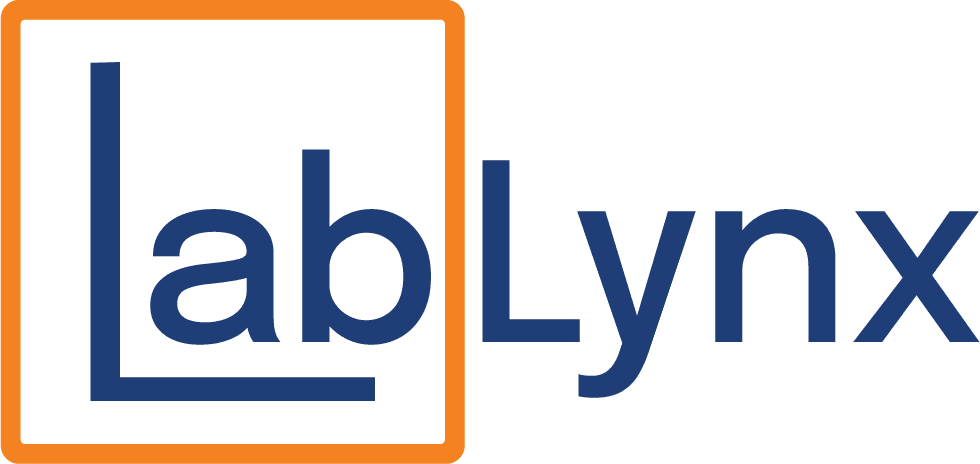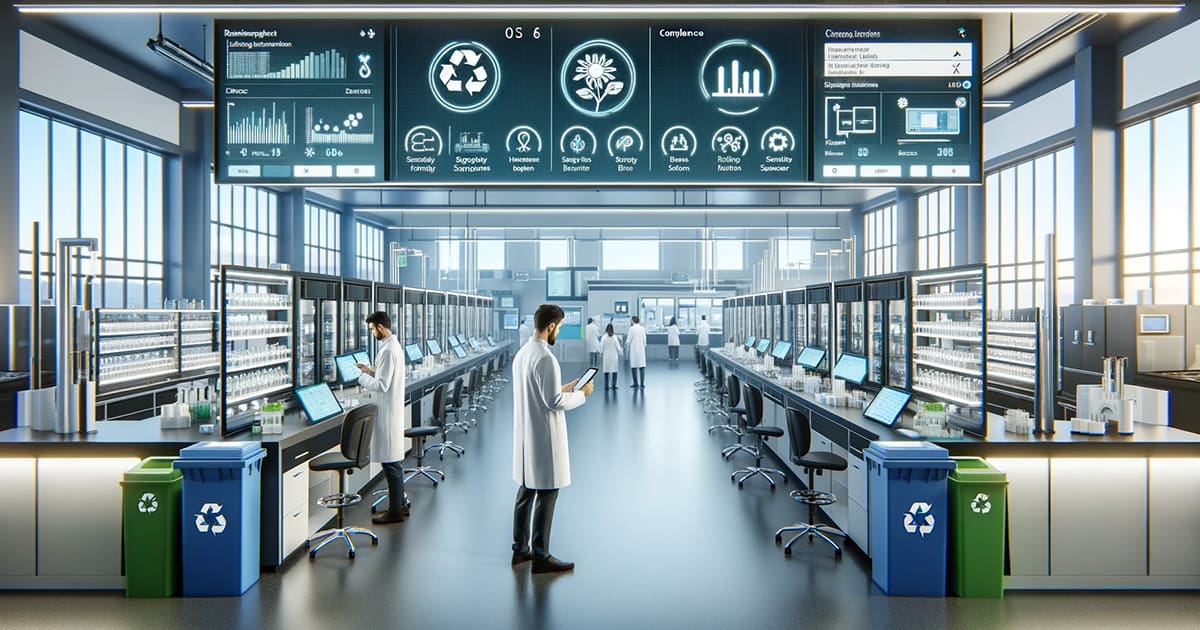
Laboratories are vital to scientific and industrial advancement, yet many lab operations are surprisingly resource-intensive. According to the University of Calgary’s Sustainable Labs program, laboratories can use up to 10 times more energy and four times more water than typical office spaces of the same size. When multiplied across thousands of labs worldwide, the environmental cost is staggering. As sustainability takes center stage across industries, laboratories are increasingly turning to smarter digital solutions like Laboratory Information Management Systems (LIMS) to reduce waste, conserve energy, and operate more responsibly.
A modern LIMS can be a powerful lever for transforming a lab’s environmental footprint while also improving efficiency and compliance. By streamlining operations, reducing paper usage, optimizing resource management, and supporting data-driven decision-making, LIMS software enables labs to achieve real, measurable sustainability outcomes.
Why Sustainability in the Lab Matters
Sustainability in laboratory environments is more than a trend—it’s a necessity. A 2015 study published in Environmental Science & Technology estimated that research laboratories worldwide consume about 5.5 million terajoules of energy per year. That’s roughly equivalent to the annual energy consumption of over 140 million average U.S. households.
In addition to energy use, labs also generate considerable waste. The My Green Lab organization reports that life sciences labs discard approximately 5.5 million tons of plastic annually. These figures highlight a clear opportunity for laboratories to adopt sustainable practices that reduce consumption and emissions.
Cutting Paper Waste with Digital Workflows
One of the most immediate sustainability benefits of LIMS adoption is the elimination of paper-heavy processes. Traditional labs rely heavily on printed forms, handwritten notes, and physical binders to record and store data. These practices not only consume resources but also introduce inefficiencies and potential compliance risks.
A LIMS platform enables:
- Electronic data capture and digital signatures
- Secure cloud-based storage and audit trails
- Automated report generation and lab notebook functions
By transitioning to digital documentation, labs can dramatically cut paper usage, reduce printing costs, and streamline compliance. One report by the U.S. EPA states that paper accounts for about 25% of landfill waste and up to 33% of municipal waste, making even small reductions impactful on a large scale.
Optimizing Inventory and Reducing Material Waste
Overordering reagents, mismanaging perishable samples, and duplicating stock are common issues in labs that lack centralized inventory control. A LIMS provides real-time visibility into stock levels, expiration dates, storage conditions, and usage trends—helping labs avoid unnecessary purchases and waste.
Some of the key benefits include:
- Automated inventory tracking and alerts for low or expired items
- Improved procurement planning to match actual usage trends
- Reduced storage needs and associated environmental controls
With global laboratory supply chains under increasing scrutiny for their environmental impact, smarter resource management not only saves money but also supports responsible sourcing and waste reduction.
Reducing Energy Use Through Smarter Equipment Management
Laboratory equipment—such as freezers, centrifuges, and fume hoods—consumes vast amounts of energy. According to the U.S. Department of Energy’s Smart Labs program, ultra-low temperature freezers alone can use as much energy as an entire house. Many labs operate this equipment 24/7, even when not in active use.
A LIMS can reduce this load by:
- Integrating with instruments to schedule usage only when needed
- Sending maintenance reminders to improve energy efficiency
- Tracking equipment usage data to identify optimization opportunities
By connecting LIMS with building automation systems and instrument software, labs can make smarter decisions about when and how equipment operates—ultimately cutting unnecessary energy costs.
Supporting Green Certifications and Compliance
Sustainable lab operations are increasingly being linked to certifications such as LEED (Leadership in Energy and Environmental Design) or ISO 14001 (Environmental Management). A LIMS can assist by providing:
- Standardized workflows that align with green best practices
- Comprehensive tracking and documentation for audits
- Insightful analytics to support continuous improvement
Achieving these certifications not only enhances environmental performance but also strengthens the lab’s reputation, attracts environmentally conscious partners, and may open new funding opportunities.
Building a Culture of Sustainability
Technology is a powerful enabler, but sustainability ultimately depends on people. A LIMS empowers your team by making it easy to follow best practices, standard operating procedures (SOPs), and training schedules. With digital reminders, shared dashboards, and real-time visibility into tasks, everyone becomes accountable for the lab’s environmental impact.
Moreover, cloud-based systems reduce the need for on-site servers, cutting down on IT overhead and energy usage associated with local infrastructure.
The Bottom Line
Sustainability and efficiency are no longer competing priorities. With the right LIMS in place, laboratories can significantly reduce their environmental footprint while boosting productivity, improving compliance, and saving costs. Whether your lab is in life sciences, environmental testing, or food safety, sustainable operations are within reach—and smarter lab management is the key.
At LabLynx, we specialize in helping labs implement scalable, configurable LIMS solutions that drive both operational excellence and measurable sustainability. Talk to us today about how we can help modernize your lab and make your environmental goals a reality.
References
- University of Calgary Sustainable Labs Program – Energy and water usage comparisons in laboratory spaces
- Environmental Science & Technology (2015) – Global energy consumption estimates for research labs
- My Green Lab – Annual plastic waste figures from life sciences laboratories
- U.S. Environmental Protection Agency – Statistics on paper waste in landfills and municipal waste streams
- U.S. Department of Energy Smart Labs Accelerator – Energy consumption benchmarks for laboratory equipment
Accelerate Your Lab's Success & Experience LabLynx
"*" indicates required fields
Explore the LabLynx Suites
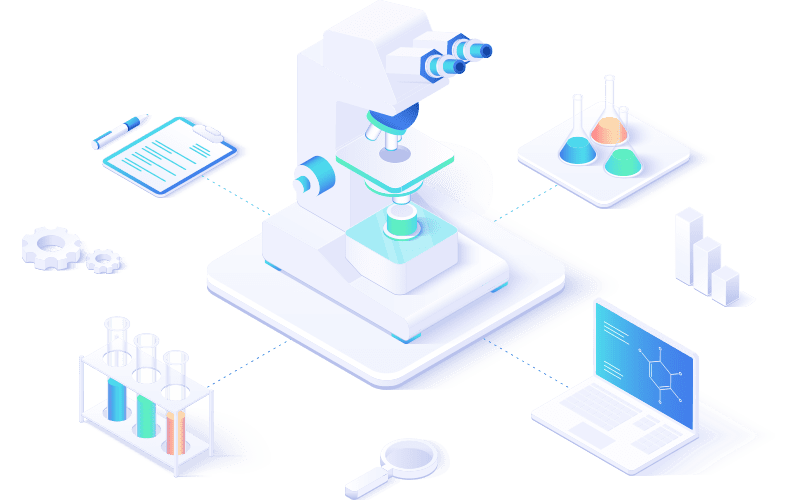
LIMS Suite
Seamless Sample and Workflow Management
The LabLynx LIMS Suite empowers laboratories with the tools needed to manage samples, workflows, compliance, and more in one centralized system. It’s the backbone for labs seeking efficient, reliable, and scalable management solutions.
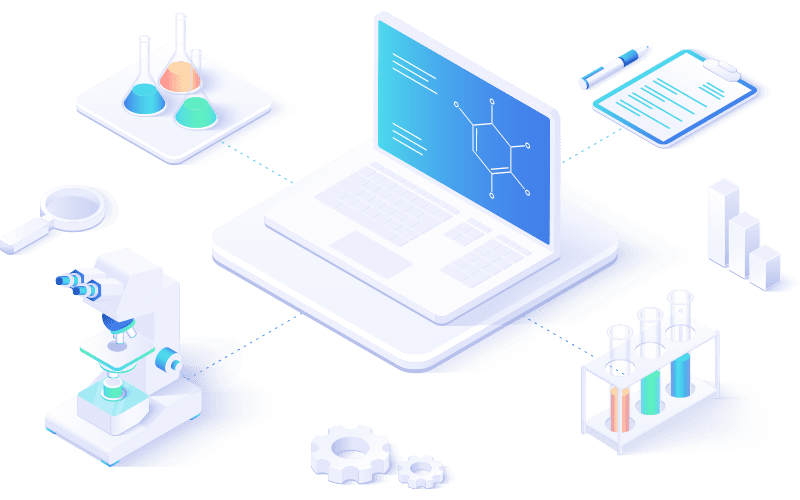
ELN Suite
The LabLynx ELN Suite offers a modern approach to managing lab data and experiments. With its secure, intuitive platform, your team can record, store, and collaborate effortlessly, supporting innovation every step of the way.
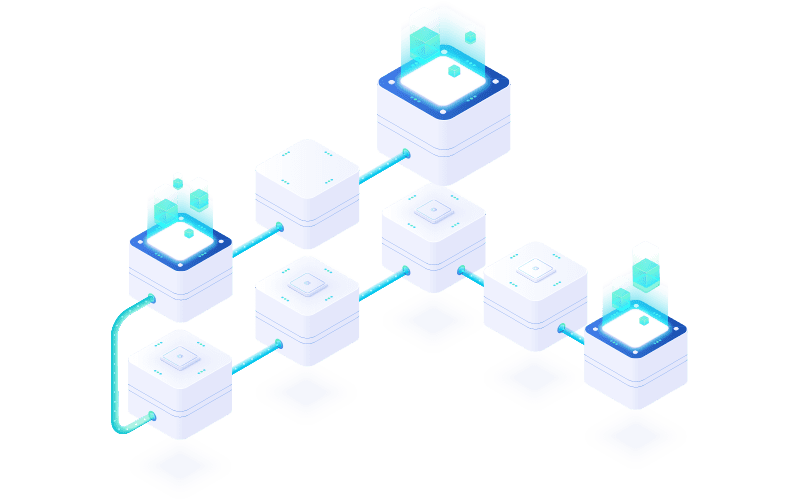
Lab Automation
Automate for Efficiency and Growth
Streamline operations and boost productivity with the LabLynx Lab Automation Suite. Designed for labs ready to embrace advanced automation, this suite integrates systems, instruments, and workflows to deliver efficiency at scale.
